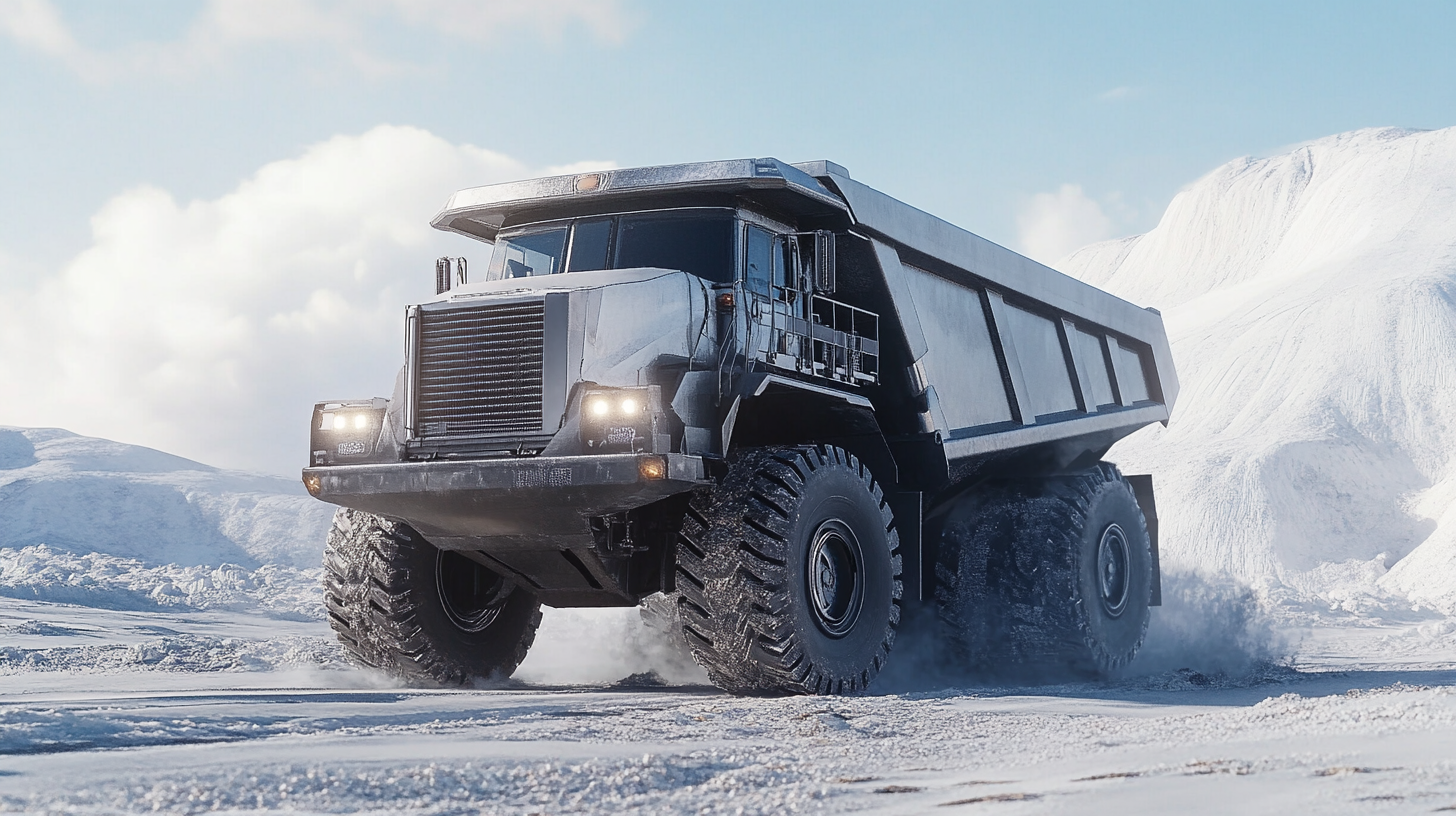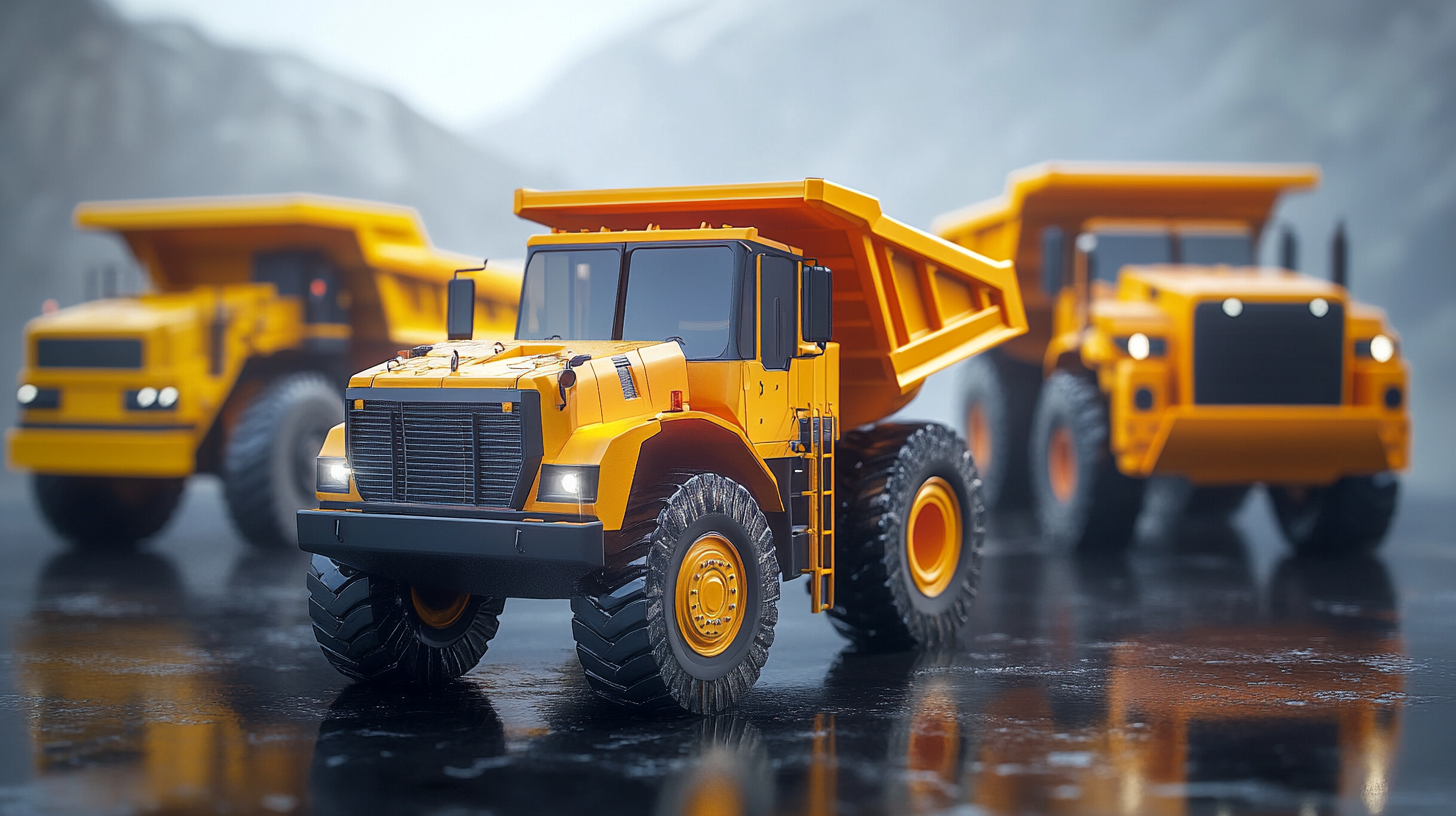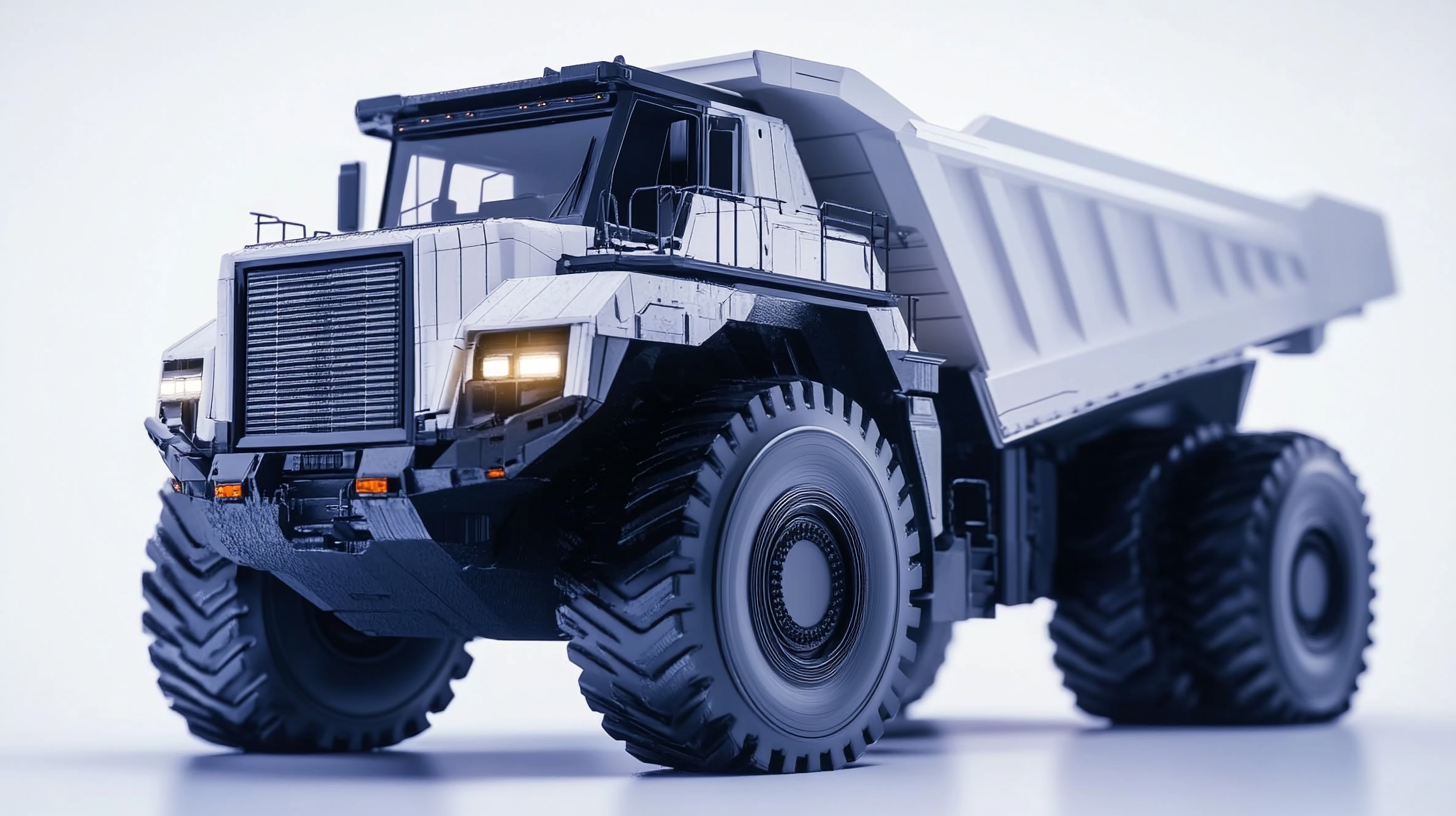The mining industry is on the brink of a technological revolution, with unprecedented advancements set to redefine the landscape of mining operations in the coming decade. As the demand for minerals and resources continues to rise, the need for more efficient, safer, and environmentally friendly mining solutions becomes increasingly critical. Central to this transformation are the various types of mining trucks that have been engineered to meet the diverse challenges faced by modern mining enterprises. These machines, ranging from rigid dump trucks to autonomous electric vehicles, will not only enhance productivity but also reduce the ecological footprint of mining activities. This blog will explore the evolution of mining trucks over the next ten years, highlighting innovative designs, emerging technologies, and the evolving role of these vehicles in shaping sustainable mining practices. Join us on this journey to uncover the future of mining trucks and their impact on the industry.

The rise of electric vehicles (EVs) is set to transform the design and functionality of mining trucks over the next decade. As mining companies seek to reduce their carbon footprint, the shift towards electric mining trucks is becoming increasingly feasible. According to recent industry reports, the global mining truck market is projected to reach USD 33.8 billion by 2033, highlighting the growing demand for innovative, sustainable solutions in the sector. Electric trucks not only promise reduced emissions but also lower operating costs and improved efficiency, addressing both environmental concerns and economic pressures.
However, the transition to electric mining trucks presents challenges related to resource extraction. The mining of critical minerals used in EV batteries, such as lithium, cobalt, and nickel, raises questions about environmental impacts and sustainability. In part two of a series exploring myths surrounding electric vehicles, it is vital to weigh the issues connected to the extraction of these essential resources. The industry must find a balance between the need for these minerals and the environmental ramifications of their extraction, underscoring the need for responsible mining practices as the shift towards electric vehicles in mining truck design gains momentum.

The evolution of mining trucks in the next decade is set to be heavily influenced by innovative technologies that promise to reshape the landscape of the mining industry. As the sector pivots toward sustainability and efficiency, investments in electric and hybrid battery mining trucks are gaining momentum. Recent collaborations, such as the one between a major mining company and a prominent power investment corporation, aim to demonstrate the viability of battery swap technology for haul trucks, which could significantly reduce downtime and enhance productivity.
Moreover, the implementation of autonomous operations is also becoming a focal point. Reports indicate that fully autonomous mining trucks are on the horizon, potentially leading to safer and more productive mine sites. The trend towards Mining 4.0 and 5.0 suggests that integrating advanced technologies such as the Internet of Things (IoT) and robotics will not only improve operational efficiency but also contribute to the reduction of environmental impact. With the global push for green technologies, the mining industry's role in supplying essential materials for these advancements underscores the necessity for innovation and investment in mining technologies.
As the mining industry faces increasing pressure to adopt sustainable practices, the evolution of mining trucks will be significantly influenced by sustainability trends in manufacturing. According to a report by Allied Market Research, the global market for electric mining equipment is projected to reach $35 billion by 2030, driven by the need for reduced carbon emissions and improved fuel efficiency. In the next decade, manufacturers are likely to focus on integrating electric powertrains and solar energy technologies into their designs, significantly reducing reliance on fossil fuels.
One way mining companies can enhance sustainability is by investing in hybrid or fully electric truck fleets. This not only helps in lowering greenhouse gas emissions but also reduces operational costs. A study by McKinsey & Company highlights that transitioning to electric vehicles can lead to an average reduction of 18% in total cost of ownership over a truck's lifespan. As the industry adopts advanced materials and production techniques, the potential for lightweight yet robust trucks will also emerge, contributing to both performance and environmental goals.
**Tips:** When considering new mining trucks, assess the total cost of ownership rather than just the initial purchase price. Additionally, explore partnerships with manufacturers that prioritize renewable energy in their production processes to strengthen your sustainability initiatives.
As the mining industry gears up for a transformative decade, automation and artificial intelligence (AI) are poised to redefine the operational efficiency of mining trucks. The integration of AI technologies enables real-time data analysis, which enhances decision-making processes and optimizes route planning. For instance, AI-driven algorithms can predict equipment failures before they occur, thereby reducing downtime and maintenance costs.
Tip: Always ensure that your fleet is equipped with the latest AI software updates to take full advantage of predictive analytics capabilities. This will not only streamline operations but also improve safety measures on site.
Moreover, automated mining trucks equipped with advanced sensors can autonomously navigate complex terrains, reducing human error and increasing productivity. These trucks can operate continuously, adjusting their routes and loads based on dynamic mining conditions.
Tip: Conduct regular training sessions for your staff on interacting with automated systems to maximize the benefits of their capabilities, ensuring a smooth transition into more automated operations. This proactive approach can significantly enhance your operational workflow in the evolving landscape of mining.
The mining industry is on the brink of a technological revolution, particularly with the next generation of mining trucks. These vehicles are evolving to enhance efficiency, reduce operational costs, and minimize environmental impact. As technologies such as electric and autonomous trucks gain traction, companies must adapt their economic models to take advantage of these innovations. The shift to electric trucks promises to lower fuel expenses significantly, while automation can streamline labor costs and improve safety, thus driving down the total cost of ownership.
Moreover, the economic implications extend beyond the mines themselves. As mining trucks become more efficient and environmentally friendly, they can attract investment from stakeholders more focused on sustainable practices. This transition may also create new markets for supporting technologies, such as advanced battery systems and AI-driven logistics software. Consequently, the mining sector could see a substantial shift in its economic landscape, fostering competition and innovation while addressing pressing climate concerns as it moves towards a more sustainable future.
